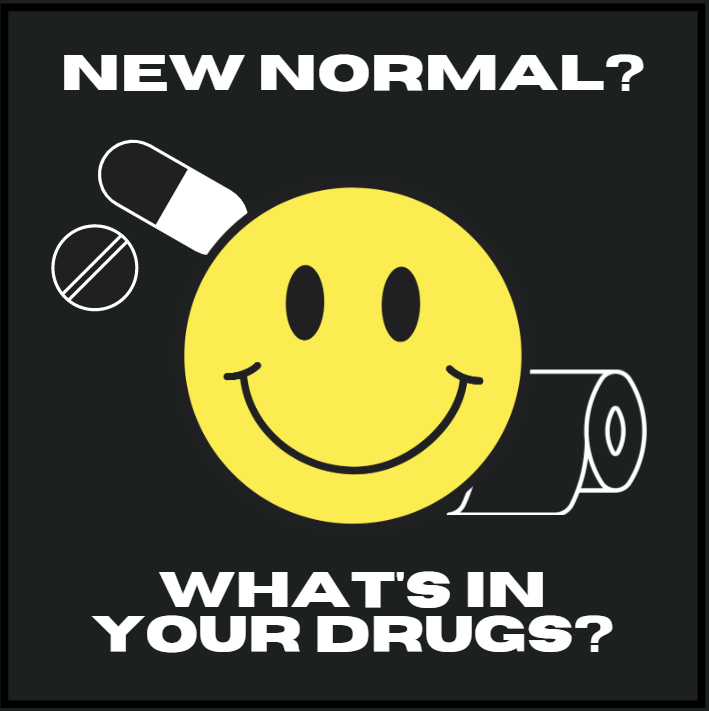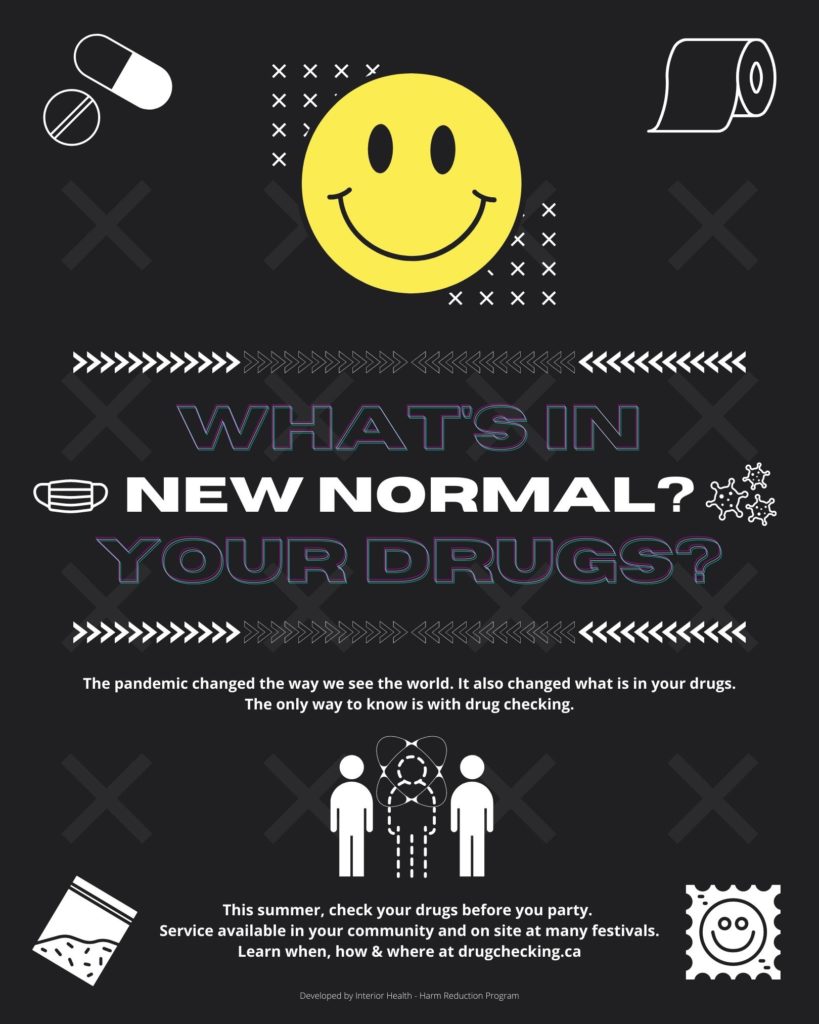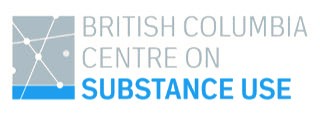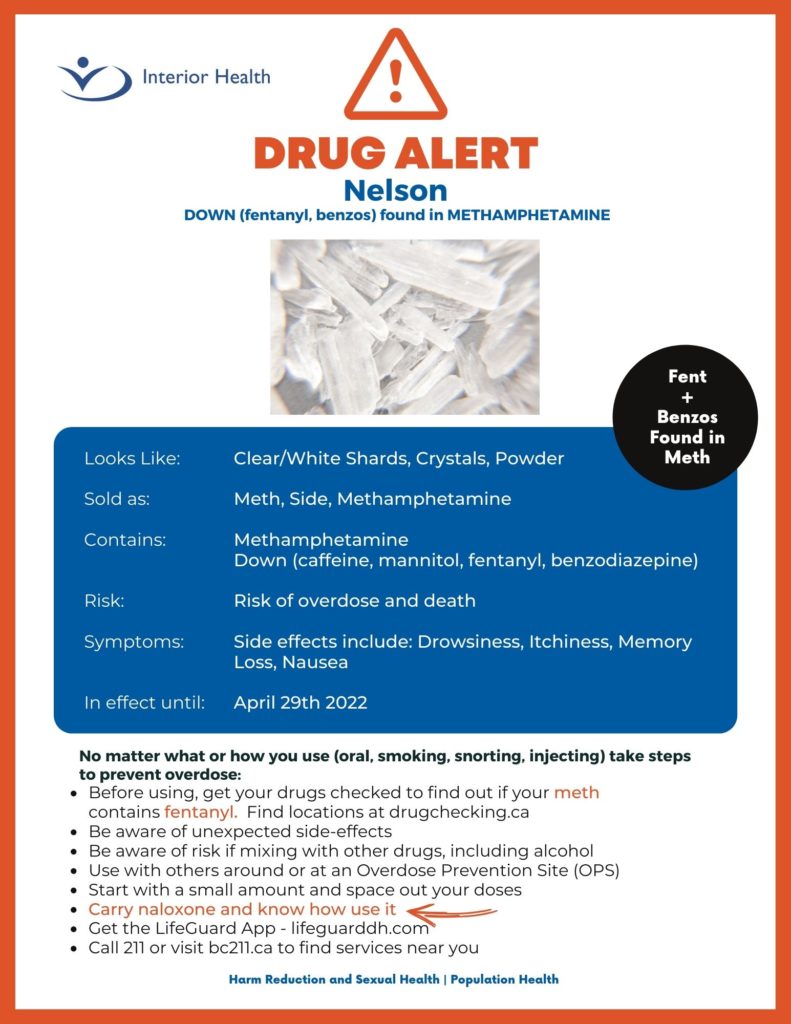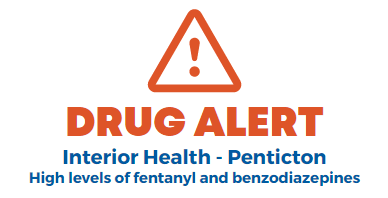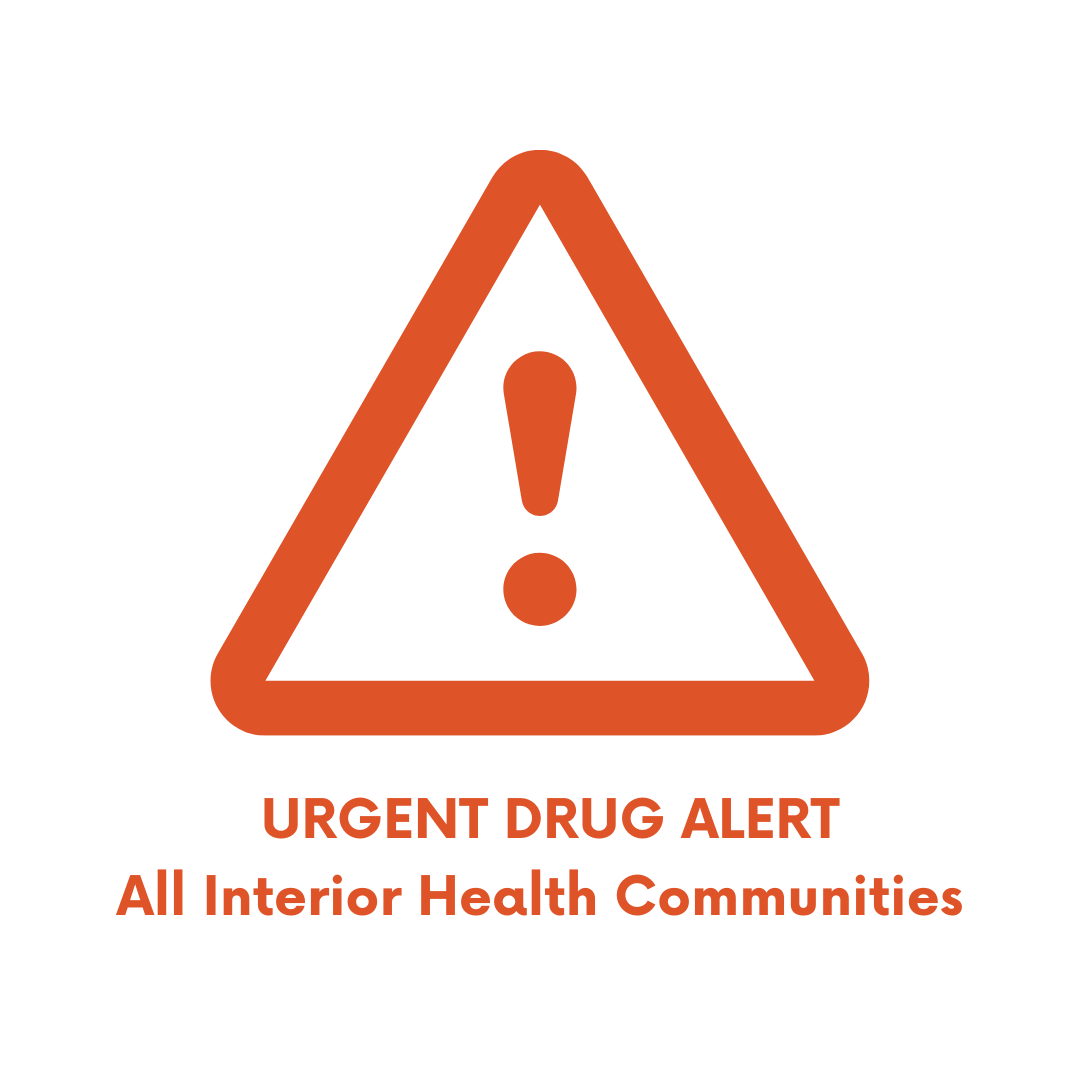New Normal
Harm reduction in a post-pandemic festive context
Festivals, gatherings, parties.
After a two year hiatus, we are preparing to gather in thousands under the love of music, friendship, dancing, arts and whatever your jam is. The Interior Health region usually hosts an incredible variety of events and this year is no exception. But what has changed?
Festivals are an experimental ground for a population that converges from all walks of life. Some are seasoned lifers that live and breathe the music and culture, while some may be first timers, curious and eager to have fun on a summer weekend. All will be looking forward to a feeling of connection, new experiences and hedonistic opportunities, long awaited since the start of the pandemic. Many will choose to transform their experience through the use of drugs, from well known alcohol to, new for some, illicit substances.
The pandemic created a situation where there has been significant transformations in the drug supply, witnessed through drugs checked by community drug checking endeavors. These changes have been tragic for all of us, with consequences ranging from drug related health complications to higher death rates than ever.
As well as the drug supply issues, there will also be newcomers to the scene, with perhaps less knowledge about the drugs that they are curious to experiment with. Keen partiers may also feel the urge to partake in substance use more than usual, as the burgeoning excitement of being back together intensifies.
This year, Interior Health is contributing to Drug Checking efforts in festive situations. In partnership with community organizations, there will be FTIR and test strip drug checking services offered at both Bass Coast and Shambhala Music festival, events that gather approximately 5000 and 16000 people respectively. Some smaller events are serviced by their local harm reduction related agencies. Not only do these services enable people who use drugs to make informed choices about their use, they also allow an incredible opportunity to engage in a conversation around drugs, providing education in the scope of harm reduction.
Drug checking services at festivals allow us to monitor what is circulating in the ever changing supply and act upon it. Extra vigilance will be paramount for this summer’s festivals. After a 2 year interruption, the only thing that we can say for sure is that risk and inconsistency are unquestionably the “new normal” within the illicit drug supply.
If you plan to use substances this year, consider using one of the drug checking services spread across the IHA region. Find out where is the closest to you at drugchecking.ca
Link to pdf poster : New Normal – What is in your drugs
